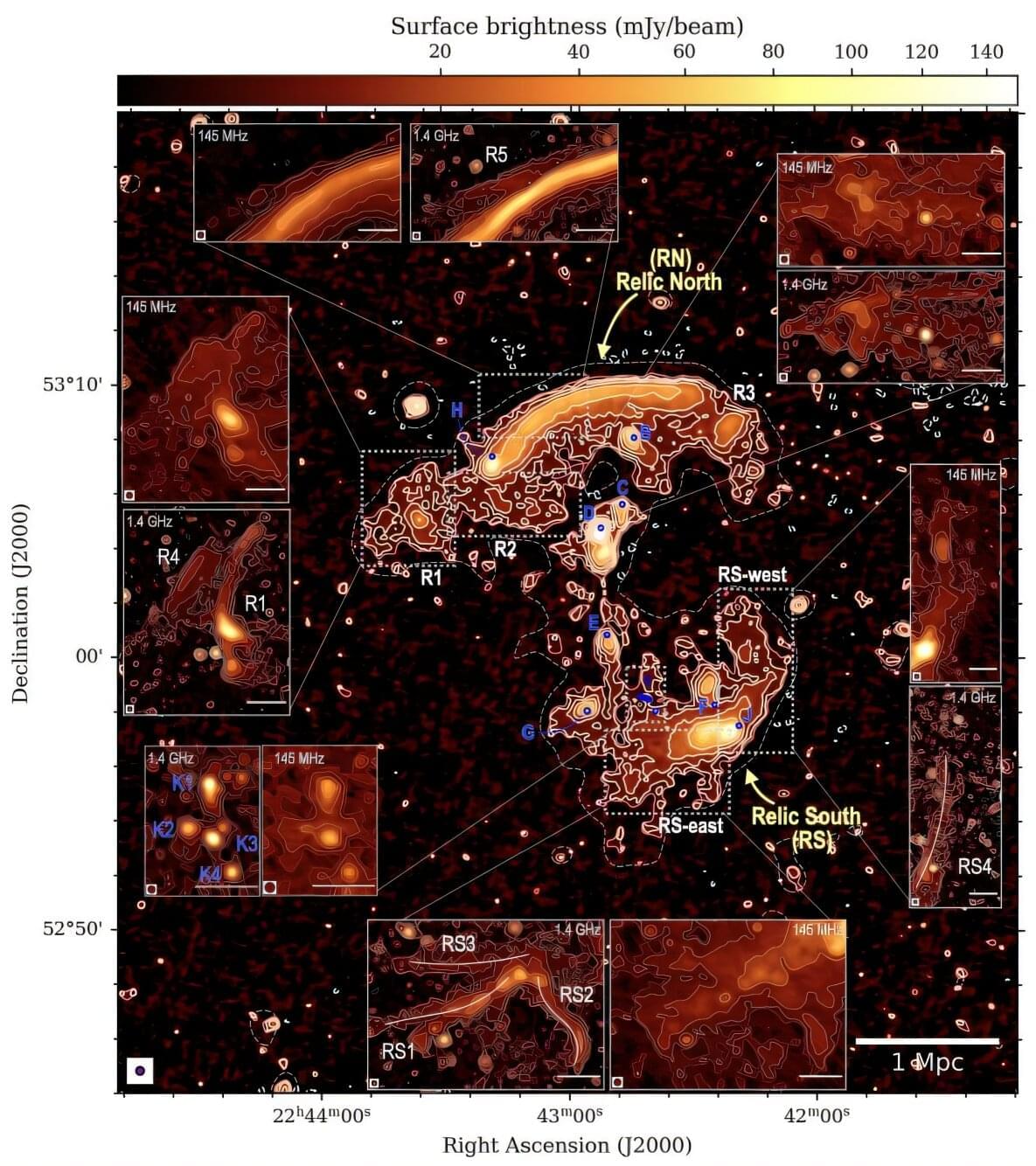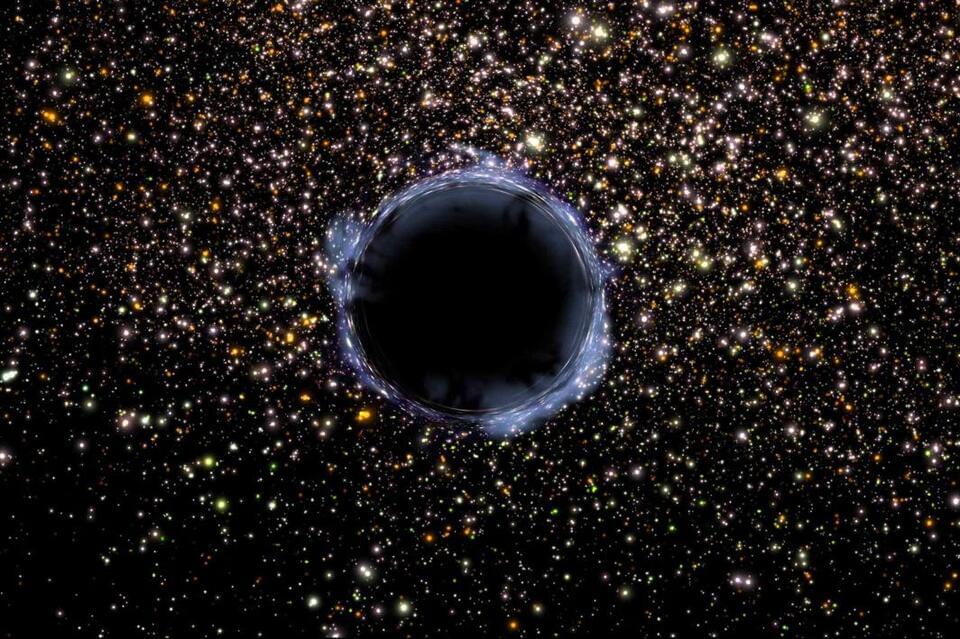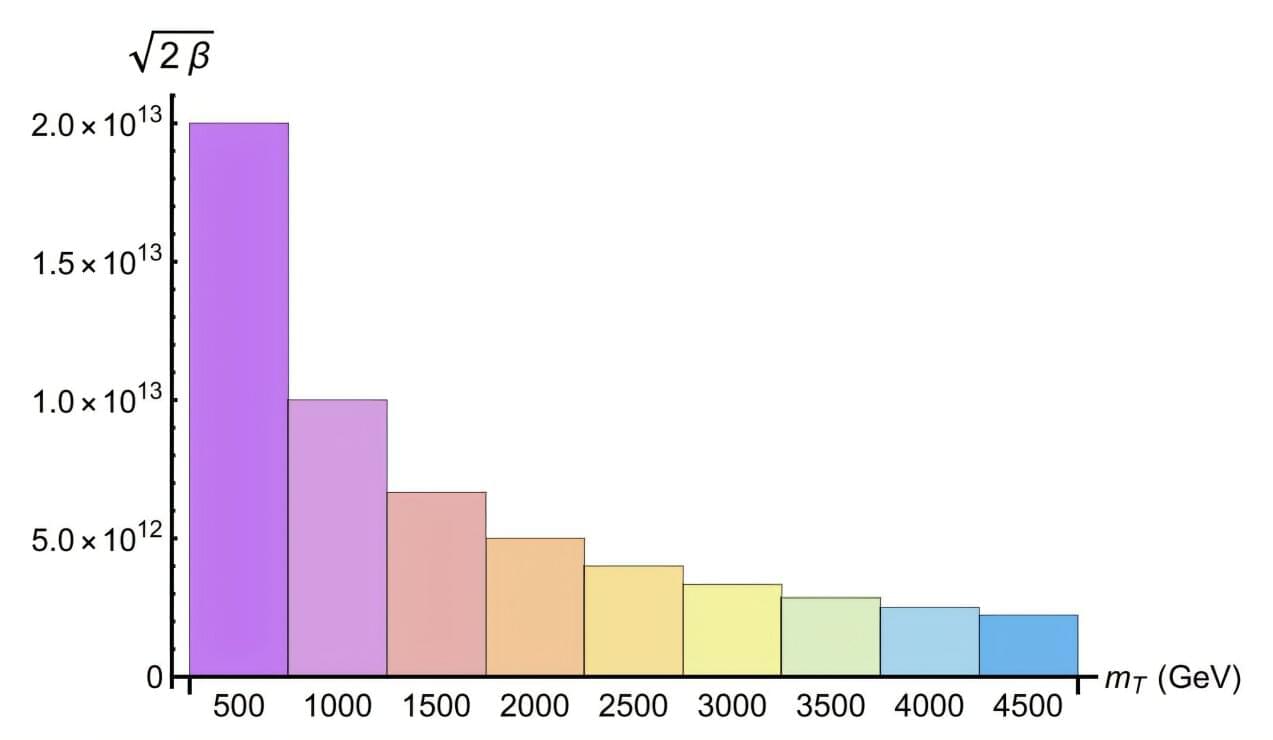We now know that the Galaxy is full of potentially habitable planets. So why do we see no signs that any civilizations have come before us? Matt O’Dowd, astrophysicist and host of PBS Space Time, explains why Fermi’s paradox really is so surprising, and he offers a new piece of evidence that may point towards the solution.
Astrophysicist Matthew O’Dowd spends his time studying the universe, especially really far-away things like Quasars, super-massive black holes and evolving galaxies. He completed his Ph.D. at NASA´s Space Telescope Science Institute, followed by work at the University of Melbourne and Columbia University. Currently he is a professor at the City University of New York´s Lehman College and an Associate at the American Museum of Natural Historys Hayden Planetarium.
Thumbnail © Nadja Niemiec.
This talk was given at a TEDx event using the TED conference format but independently organized by a local community.





